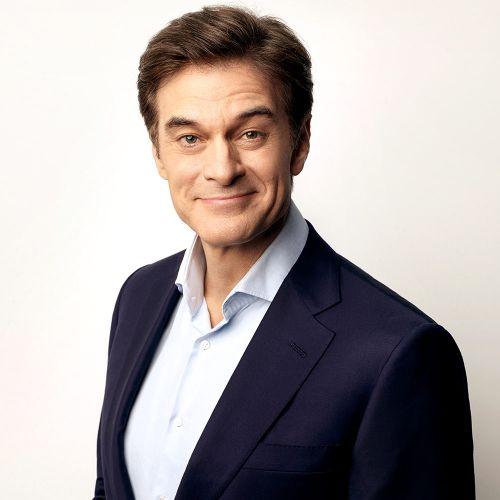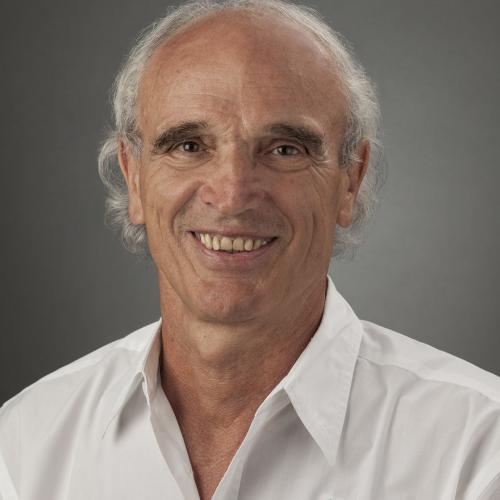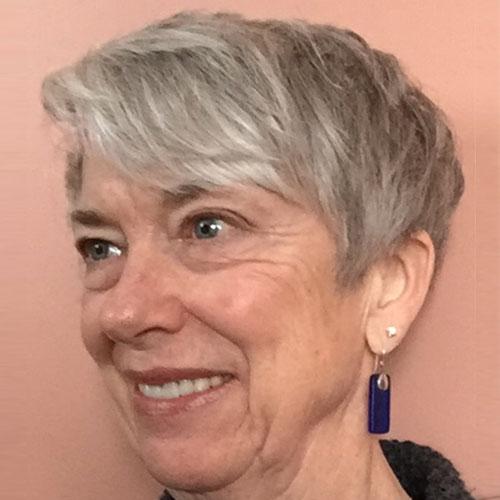Class Hours:
Day 1 - 10:00 am - 6:00 pm EASTERN STANDARD TIME
Day 2 - 10:00 am - 6:00 pm EASTERN STANDARD TIME
Day 3 - 10:00 am - 6:00 pm EASTERN STANDARD TIME
The last day may be shorter. Times are subject to change.
Times are subject to change.
Class Description:
- NER-L is a profound, easy, and original way to release ligaments (and tendons). We will release and reset them using endodermic, mesodermic and ectodermic techniques or neural crest techniques. The technique feels amazing to receive, and the effects are often felt during the day as a warm unfolding.
- Ligaments stabilize the whole bony structure. It is essential to work with them to align and strengthen the whole bony framework.
- We will go over most skeletal ligaments in the body. We will work, for example, with the iliolumbar ligament, sacrotuberous ligament, sacrospinous ligament, anterior and posterior coccygeal ligaments, three levels for the sacroiliac joint, anterior/posterior pubic symphysis, inguinal ligament, lacunar ligament. pectineal ligament the ligaments around the vertebrae such as the anterior and posterior longitudinal ligament, ligamentum flavum, interspinous ligament, supraspinous ligament, etc.
- Releasing the ligaments of the mandible, for example, may give you immediate effects with TMJ problems or clicking of the joint.
- Releasing the ligaments of the thyroid and cricoid cartilages often helps relieve vocal dysfunction.
We will go over numerous labs to address most of the ligaments of the body (and a few tendons):
Lab 1: Sacrotuberous, sacrospinous, sacroiliac ligaments, interosseous sacroiliac ligaments.
Lab 2: Iliolumbar and lumbosacral, anterior & posterior coccygeal ligaments.
Lab 3: Inguinal ligament (Poupart’s), lacunar ligament (Guimbernat’s), pubic ligaments.
Lab 4: Vertebral ligaments - anterior longitudinal ligament, posterior longitudinal ligament, ligamenta flava, interspinous ligament, supraspinous ligament, intertransverse ligament.
Lab 5: Upper cervical spine - lateral atlanto-occipital, transverse ligament of C1, alar, and apical ligaments.
Lab 6: Anterior thorax - interclavicular ligament, sternoclavicular ligaments, costoclavicular ligaments, chondrosternal (radiate) ligaments, interchondral membranes / ligaments.
Lab 7: Posterior ribs - anterior costovertebral (radiate) ligaments, costotransverse ligaments, intertransverse ligaments, lumbocostal ligaments (of Henle).
Lab 8: Shoulder - acromioclavicular, coracoclavicular (conoid-trapezoid), coracoacromial, coracohumeral, glenohumeral (capsular) ligaments.
Lab 9: Elbow - annular ligament, radial collateral (“fan externally”), ulnar collateral (“fan internally”), posterior ligaments.
Lab 10: Ligament of Struther’s & interosseous membrane.
Lab 11 Hand - distal volar (palmar) & dorsal radio-ulnar, radio-carpal, ulno-carpal intercarpal & carpometacarpal ligaments.
Lab 12: Hand-deep transverse metacarpal ligaments, palmar & dorsal (annular) ligaments of the finger, medial & lateral ligaments of the finger, cruciform ligaments of the finger, palmar & dorsal tendons.
Lab 13: Hip ligaments - iliofemoral (x2), pubofemoral, ischiofemoral.
Lab 14 : Knee ligaments/tendons 1 - patellar/quadriceps tendons, medial/lateral collateral, anterior / posterior cruciate, anterior / posterior fibular ligaments.
Lab 15A: Knee ligaments 2 – femoropatellar, tibiopatellar and meniscopatellar ligaments, transverse ligaments of the menisci, coronary ligaments, meniscofemoral ligaments.
Lab 15B: Knee ligaments 3 – fabellafibular ligament, arcuate ligament / arcuate popliteal ligament, popliteofibular ligament, oblique popliteal ligament ligaments.
Lab 16A: Ankle & Foot 1 – superior/inferior extensor retinaculum (transverse crural/ cruciate crural), peroneal retinacula, flexor retinaculum, inferior tibiofibular/lateral malleolli, talofibular, calcaneofibular ligaments.
Lab 16B: Ankle & Foot 2 – Deltoid ligament, posterior tibiofibular, posterior talofibular, posterior talocalcaneal ligaments
Lab 17: Foot - tarsal ligaments, tarsometatarsal ligaments, intermetatarsal ligaments, long/short plantar, palmar & dorsal (annular) ligaments of toes, medial & lateral ligaments of toes, cruciform ligaments of toes, palmar & dorsal tendons.
Lab 18: Mandible – temporomandibular, stylomandibular, sphenomandibular ligaments.
If time:
Lab 19: Larynx - thyrohyoid membrane, cricothyroid membrane, crico-hyroid lateral articulations.
Lab 20: Putting it all together / the dominant ligament dysfunction.
Cancellation Policy:
Tuition Transfer: The tuition is fully transferable up to 7 days prior to the start of the class.
Within 7 days, a $300.00 administrative fee will apply.
Tuition Refund: Tuition refund requests must be made in writing. Emails are acceptable. Tuition is fully refundable up to 30 days before the start of the class, after which your tuition is non-refundable. In case of emergency, any requests for a refund later than 30 days before class starts will be considered on a case-by-case basis.
Seats are limited. Reserve today: 480-999-0808 or [email protected]
For any other inquiries, contact [email protected]
Zoom Link and Study Guide will be sent via email 10 days before the start date of class. If you would like to order a printed study guide for $65, please email [email protected]. Study guide orders must be submitted 3 weeks before the start date of class to guarantee your guide will arrive to you in time.
Please review the location of the following ligaments:
Lab 1: Sacrotuberous, sacrospinous, sacroiliac ligaments, interosseous sacroiliac ligaments.
Lab 2: Iliolumbar and lumbosacral, anterior & posterior coccygeal ligaments.
Lab 3: Inguinal ligament (Poupart’s), lacunar ligament (Guimbernat’s), pubic ligaments.
Lab 4: Vertebral ligaments - anterior longitudinal ligament, posterior longitudinal ligament, ligamenta flava, interspinous ligament, supraspinous ligament, intertransverse ligament.
Lab 5: Upper cervical spine - lateral atlanto-occipital, transverse ligament of C1, alar, and apical ligaments.
Lab 6: Anterior thorax - interclavicular ligament, sternoclavicular ligaments, costoclavicular ligaments, chondrosternal (radiate) ligaments, interchondral membranes / ligaments.
Lab 7: Posterior ribs - anterior costovertebral (radiate) ligaments, costotransverse ligaments, intertransverse ligaments, lumbocostal ligaments (of Henle).
Lab 8: Shoulder - acromioclavicular, coracoclavicular (conoid-trapezoid), coracoacromial, coracohumeral, glenohumeral (capsular) ligaments.
Lab 9: Elbow - annular ligament, radial collateral (“fan externally”), ulnar collateral (“fan internally”), posterior ligaments.
Lab 10: Ligament of Struther’s & interosseous membrane.
Lab 11 Hand - distal volar (palmar) & dorsal radio-ulnar, radio-carpal, ulno-carpal intercarpal & carpometacarpal ligaments.
Lab 12: Hand-deep transverse metacarpal ligaments, palmar & dorsal (annular) ligaments of the finger, medial & lateral ligaments of the finger, cruciform ligaments of the finger, palmar & dorsal tendons.
Lab 13: Hip ligaments - iliofemoral (x2), pubofemoral, ischiofemoral.
Lab 14: Knee ligaments/tendons - patellar/quadriceps tendons, medial/lateral collateral, anterior / posterior cruciate.
Lab 15: Knee ligaments – medial/lateral collateral ligament, fabellafibular ligament, arcuate ligament / arcuate popliteal ligament, popliteofibular ligament, oblique popliteal ligament, transverse, coronary, meniscofemoral ligaments.
Lab 16: Ankle & Foot – superior/inferior extensor retinaculum (transverse crural/ cruciate crural), peroneal retinacula, flexor retinaculum, inferior tibiofibular/lateral malleolli, talofibular, calcaneofibular, deltoid ligaments, posterior tibiofibular, posterior talofibular, posterior talocalcaneal ligaments.
Lab 17: Foot - tarsal ligaments, tarsometatarsal ligaments, intermetatarsal ligaments, long/short plantar, palmar & dorsal (annular) ligaments of toes, medial & lateral ligaments of toes, cruciform ligaments of toes, palmar & dorsal tendons.
Lab 18: Mandible – temporomandibular, stylomandibular, sphenomandibular ligaments.
If time:
Lab 19: Larynx - thyrohyoid membrane, cricothyroid membrane, crico-hyroid lateral articulations.
Lab 20: putting it all together / the dominant ligament dysfunction.






